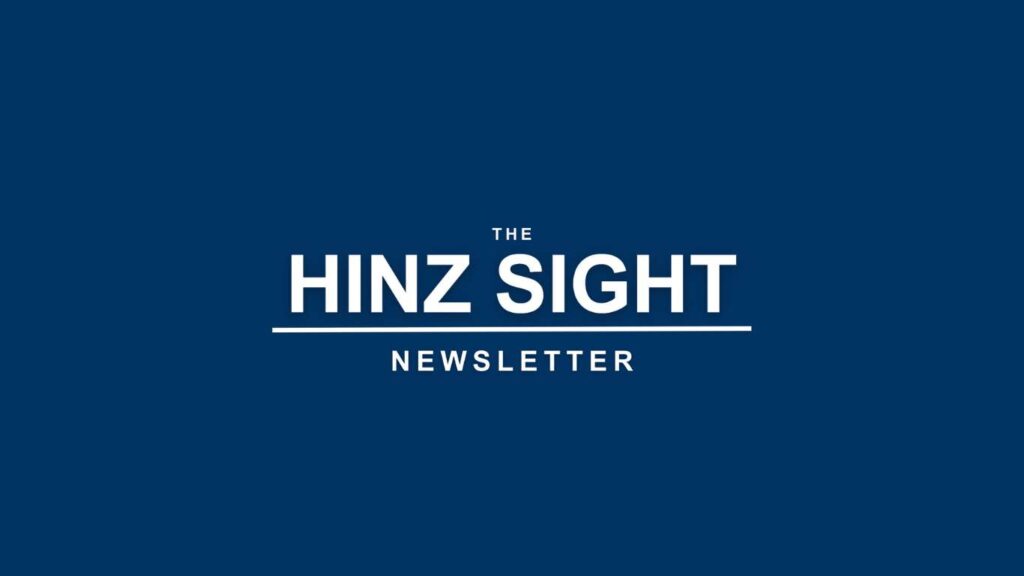Federal Bid Innovation Strategies for Modern Proposal Success

Federal procurement is evolving rapidly. Agencies are implementing new technologies, modernizing missions, and expecting greater sophistication from contractors. To compete effectively, organizations must embrace strategies that reflect the changing landscape. Federal bid innovation is the structured practice of modernizing how contractors plan, design, develop, and deliver proposals. Instead of relying on traditional approaches, successful teams […]
Volume 102

Explore Volume 102 of Hinz Consulting’s newsletter. Contact Hinz Consulting to learn more information about government.
Source Selection Insight for Federal Proposal Success
Winning federal contracts is not solely about technical capability or price — it is about understanding how the government evaluates and selects contractors. Successful capture and proposal teams seek more than compliance; they pursue clarity into how decisions are made and what drives evaluator confidence. That discipline is known as source selection insight. Rather than […]
Understanding Federal RFP Language

Federal solicitations are written in formal, highly structured terminology designed to ensure fairness, transparency, and consistent evaluation. Understanding federal RFP language is one of the most crucial skills for proposal teams. Misinterpreting instructions, requirements, or evaluation criteria leads to scoring gaps, disqualifications, and wasted resources. Contractors who master federal RFP language decode expectations accurately, align […]
Volume 101

Explore Volume 101 of Hinz Consulting’s newsletter. Contact Hinz Consulting to learn more information about government.
Procurement Forecast Strategy for Federal Contracting Success

Success in federal contracting does not begin when a solicitation is released. It begins months — sometimes years — earlier when agencies publish future contract intentions. A procurement forecast gives contractors insight into what opportunities are on the horizon, allowing them to prepare, position teams, and shape competitive strategies. Contractors who proactively study and act […]
Contractor Teaming Strategies for Federal Bids

Federal contracts increasingly require broad capabilities, diverse expertise, and proven performance across technical, operational, and compliance domains. Few organizations can credibly meet every requirement alone. Contractor teaming allows companies to combine strengths, share risk, and present integrated solutions that better align with agency needs. When executed strategically, contractor teaming enhances mission delivery, unlocks access to […]
Competitive Capture Strategy for Federal Contracting
In the federal marketplace, opportunities rarely exist without competition. Agencies rely on structured evaluation frameworks to determine which contractor offers the lowest risk and highest mission value. To stand out in crowded bidding environments, contractors must execute a disciplined and informed approach known as competitive capture. Rather than pursuing opportunities reactively, competitive capture ensures organizations […]
Volume 100

Explore Volume 100 of Hinz Consulting’s newsletter. Contact Hinz Consulting to learn more information about government.
Federal Proposal Narrative Development for Higher Win Rates

In federal contracting, compliance alone is not enough to win. Agencies evaluate submissions not only for technical merit but for clarity, understanding, and conviction. A federal proposal narrative is more than text — it is a structured communication tool designed to build confidence, demonstrate capability, and align with mission objectives. While requirements, templates, and evaluation […]
